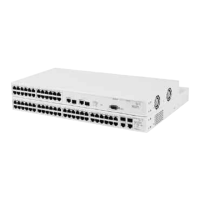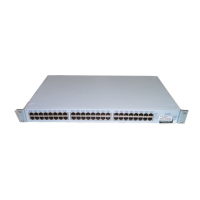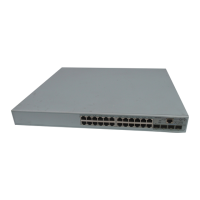110 APPENDIX C: IP ADDRESSING
Subnets and Subnet
Masks
You can divide your IP network into sub-networks also known as subnets.
Support for subnets is important because the number of bits assigned to
the device part of an IP address limits the number of devices that may be
addressed on any given network. For example, a Class C address is
restricted to 254 devices.
The IP address can also contain a subnetwork part at the beginning of the
host part of the IP address. Thus, you can divide a single Class A, B, or C
network internally, allowing the network to appear as a single network to
other external networks. The subnetwork part of the IP address is visible
only to hosts and gateways on the subnetwork.
When an IP address contains a subnetwork part, a subnet mask identifies
the bits that constitute the subnetwork address and the bits that
constitute the host address. A subnet mask is a 32-bit number in the IP
address format. The 1 bits in the subnet mask indicate the network and
subnetwork part of the address. The 0 bits in the subnet mask indicate
the host part of the IP address, as shown in Figure 34
.
Figure 34 Subnet Masking
Figure 35 shows an example of an IP address that includes network,
subnetwork, and host parts. Suppose the IP address is 158.101.230.52
with a subnet mask of 255.255.255.0. Since this is a Class B address, this
address is divided as follows:
■ 158.101 is the network part
■ 230 is the subnetwork part
■ 52 is the host part
IP address
Network Subnet and Host
Subnet mask
networ
Host
subn
Subnet
Network
Apply the subnet mask
Result = subnet/host boundary
Take the IP address
101111111111 00000001111111111111
